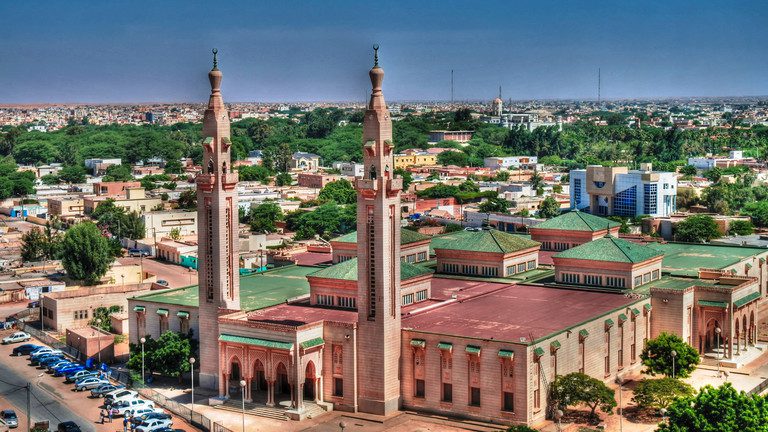Africa
Mauritania announces its strategy for exporting LNG

As the government steps up its development of the energy sector, Mauritania is scheduled to begin exporting its first LNG in mid-2024, Minister of Petroleum, Mines, and Energy Nani Chrougha said on Friday.
During a speech at the Climate Change Conference (COP28) in Dubai, Chrougha stated that the goal of the initiative is to turn the nation in northwest Africa into a significant global gas producer.
The statement coincides with an increase in LNG imports by the European Union, which aims to offset the lack of Russian pipeline gas after the EU promised to wean itself off of the energy supply from the sanctioned nation.
In addition, Chrougha claimed that the beginning of Mauritanian gas exports will guarantee a balance between conventional and sustainable energy sources throughout the MSGBC region (Mauritania, Senegal, Gambia, Guinea Bissau, and Guinea Conakry).
Mohamed Ould Cheikh El Ghazouani, the president of Mauritania, addressed the gathering in Dubai, “I do not see any conflict or contradiction between the development of gas resources in Mauritania and its desire to develop a green hydrogen industry.” Even in the face of the global energy transition, he argued that developing nations have the right to explore their natural resources.
Gas production will diversify the economy of the nation by “creating jobs and new income sources that will stimulate economic growth and provide financial resources for critical development projects,” according to the energy minister of Mauritius, who made this announcement earlier this month.
The vast Greater Tortue Ahmeyim (GTA) deposit, which is situated on Senegal’s maritime border and is expected to contain 15 trillion cubic feet of gas, will be the source of the African nation’s first gas delivery. Operating the $4.8 billion liquefied natural gas project are the US corporation Kosmos Energy and the British energy behemoth BP.
Due to its enormous investment potential, BP and Kosmos Energy, two of the biggest names in the oil and gas sector, have expressed interest in BirAllah, Mauritania’s second-largest gas field. The deposit is thought to contain 80 trillion cubic feet of gas and is situated in the coastal basin of Mauritius.
